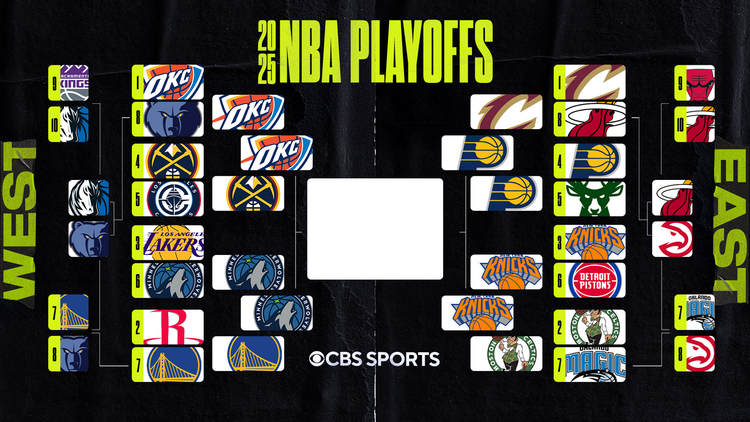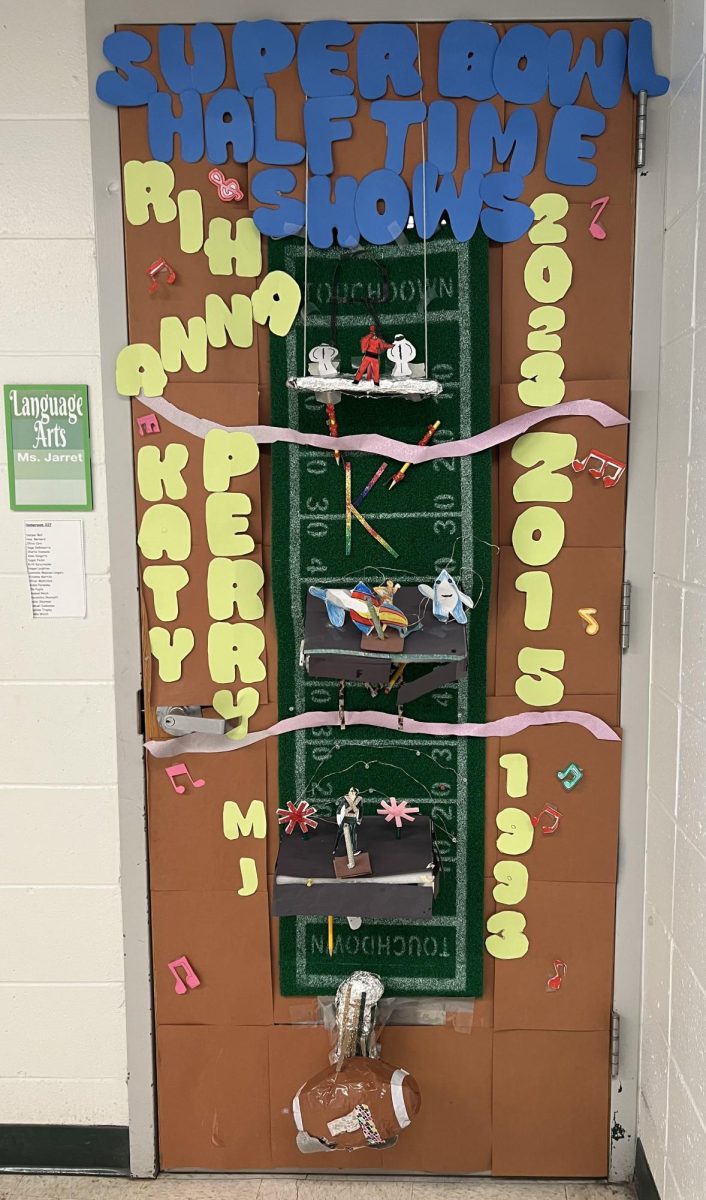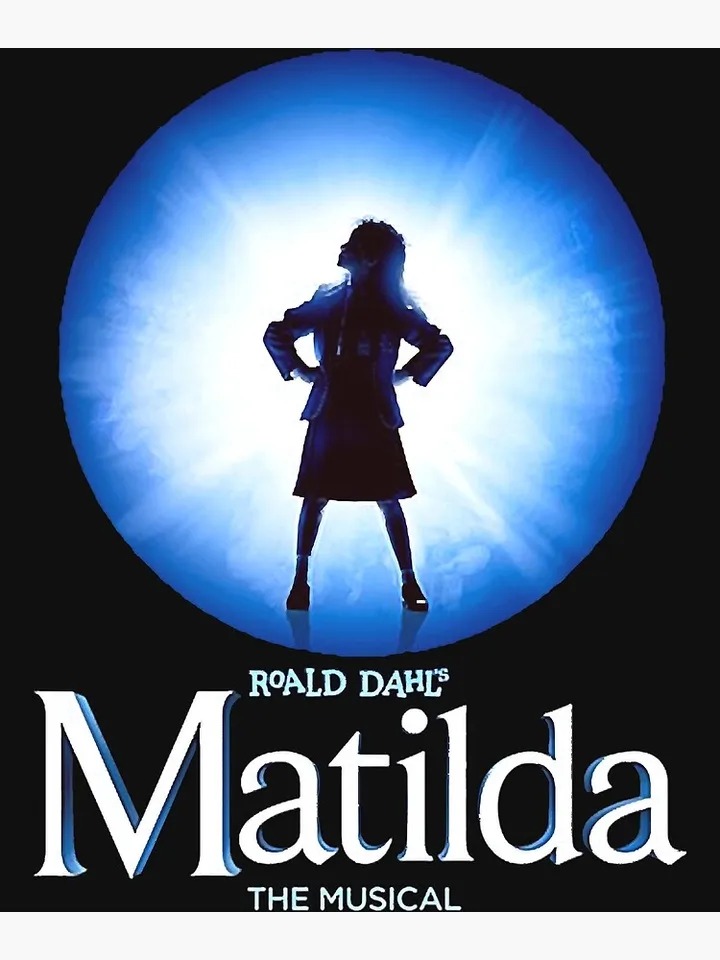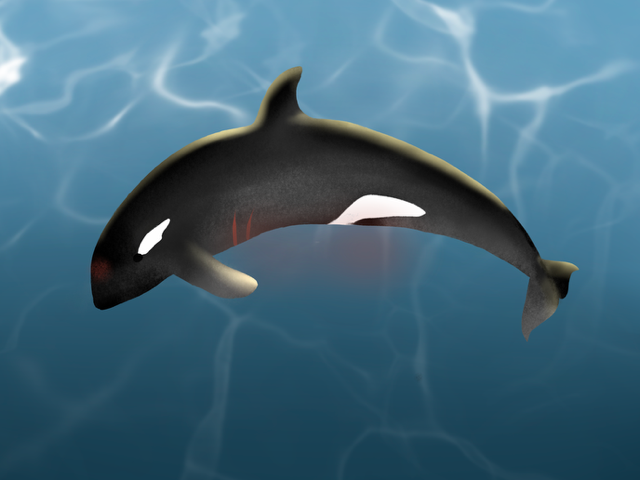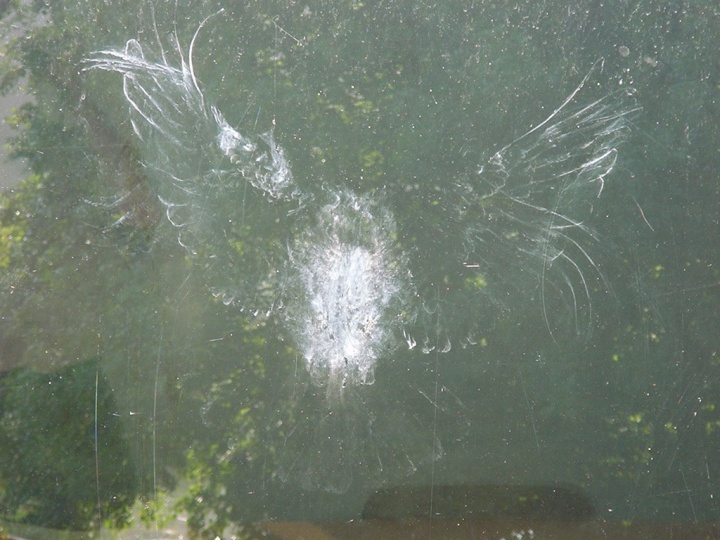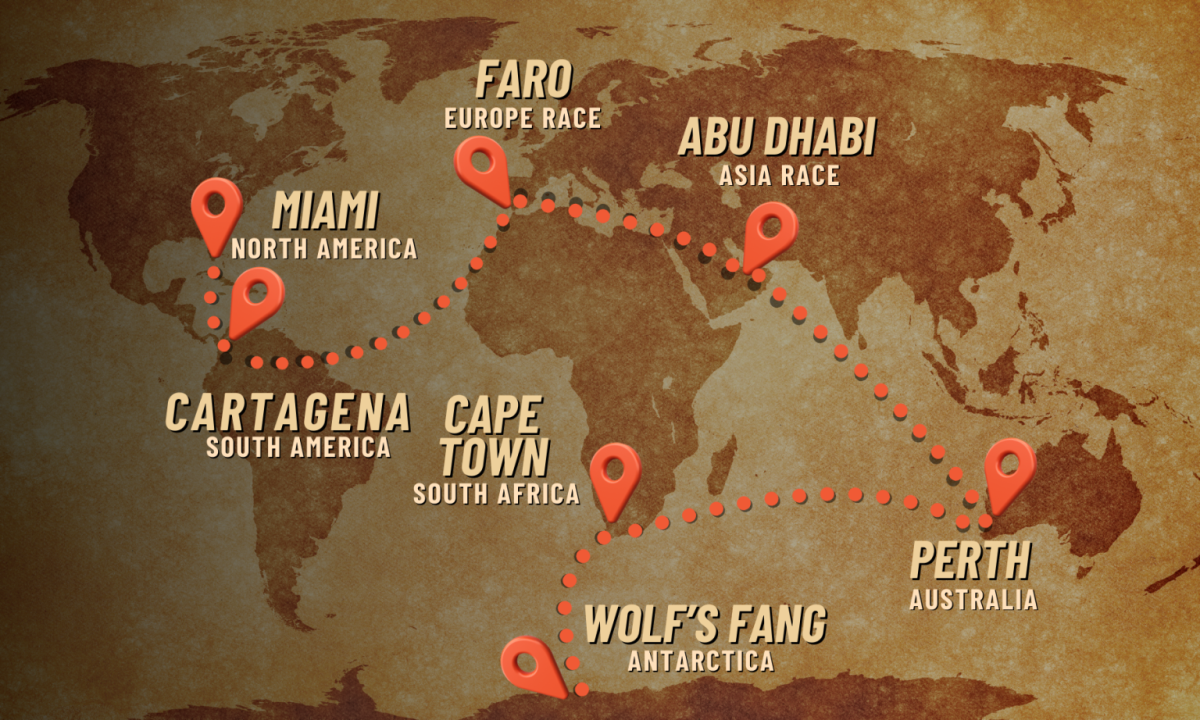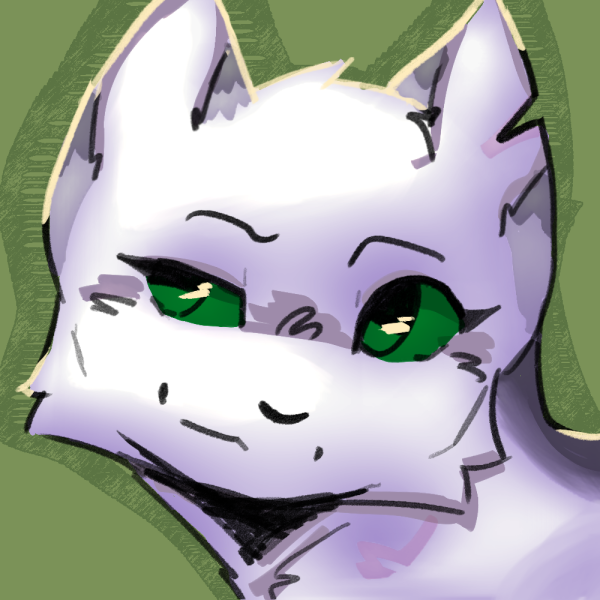To the audience, SeaWorld seems to care about animals, but behind the scenes, there are horrible and cruel actions happening. The staff drugs the animals, artificially breeds them, and let them die from diseases from their lack of care and nutrition.
1. Animal drugging
That might be hard to believe, but it’s true. When PETA interviewed Jules and Hayley LeBlanc, who gained fame from being part of the Bratayley YouTube family, one of SeaWorld’s cruelest actions was exposed. When animals are in captivity, they usually become depressed and might even harm themselves. To prevent this from happening, SeaWorld staff forces the animals to consume drugs, such as valium, which tranquilizes animals and keeps them unnaturally calm. The drugs make them act normal in front of an audience, otherwise the audience would realize that the animals were suffering. In nature, animals don’t take drugs. They don’t take medication like humans do unless they live in captivity. It’s not natural for them and makes them act more obedient in a bad way.
2. Artificial breeding
Although SeaWorld announced that they would stop breeding whales in 2016, since they were exposed and criticized by their audience, the staff continued to breed Pacific white-sided and bottlenose dolphins. They use artificial insemination (AI) by force. Using artificial breeding techniques, they manage to unnaturally breed female whales and dolphins. This might not sound that serious, but it can put animals in a lot of pain and stress, since humans are putting their hands in the animals’ bodies and extracting parts of their bodies.
3. Dental diseases
Several dolphins and whales at SeaWorld experienced dental trauma, some cases so severe that they lost over 100 teeth. The diseases are often caused when animals in captivity become frustrated and depressed, and they start gnawing on hard surfaces like cage bars, or “jaw-popping.” Sudden dental trauma can expose the pulp cavity underneath the tooth, which leaves it vulnerable to germs and bacteria. Germs and bacteria can cause an infection. SeaWorld usually uses antibiotics to treat the infection, but if they don’t treat it well it can lead to a more severe, life-threatening infection in the future.
4. Deaths caused by health issues
According to John S. Jett and Jeffrey M. Ventre, since 1974, only 1 out of 110 orcas in captivity recorded died from old age worldwide. All the other orcas either died from health issues or their death was unknown. The most common causes of death were pneumonia, respiratory failure, malnutrition, infection, shock, or brain damage. This goes to show that SeaWorld and other companies don’t care about the animal’s health or well-being.
5. Hidden sunburns
When you watch one of SeaWorld’s performances featuring orcas, you see that the orcas have sleek, shiny and smooth skin – and you assume that they are healthy. Unfortunately, what you’re actually seeing is zinc oxide. In the wild, orcas swim in deep waters about 95% of the time, and down there it’s much darker than it is near the surface. But in SeaWorld’s tiny and shallow concrete tanks, it’s bright and during the day, the orcas are always exposed to sunlight. They get sunburns, and a new texture appears on their skin. To cover it up, SeaWorld staff use black zinc oxide (ZnO) to cover up the sunburns. The cruelest part is that zinc oxide could have been used as sunscreen for the whales, and the staff knows that, but they really don’t care. They had the option to apply zinc oxide before the animals suffered injuries, but for whatever reason, they let the animals suffer injuries. Sunburn might not sound that bad, but it can be really painful for animals.
It may be hard to believe that this is all happening, but unfortunately, it’s true. Many people know, but it’s not enough. Many people still believe SeaWorld is what they tell people they are or what they seem to be – caring people that love animals and want them to live a happy, healthy life. But that’s not the case at all. SeaWorld staff are cruel people who do brutal things. Animals are not objects for us to play and experiment with, they’re living things just like humans. Animals are not “somethings,” they’re “someones.”
